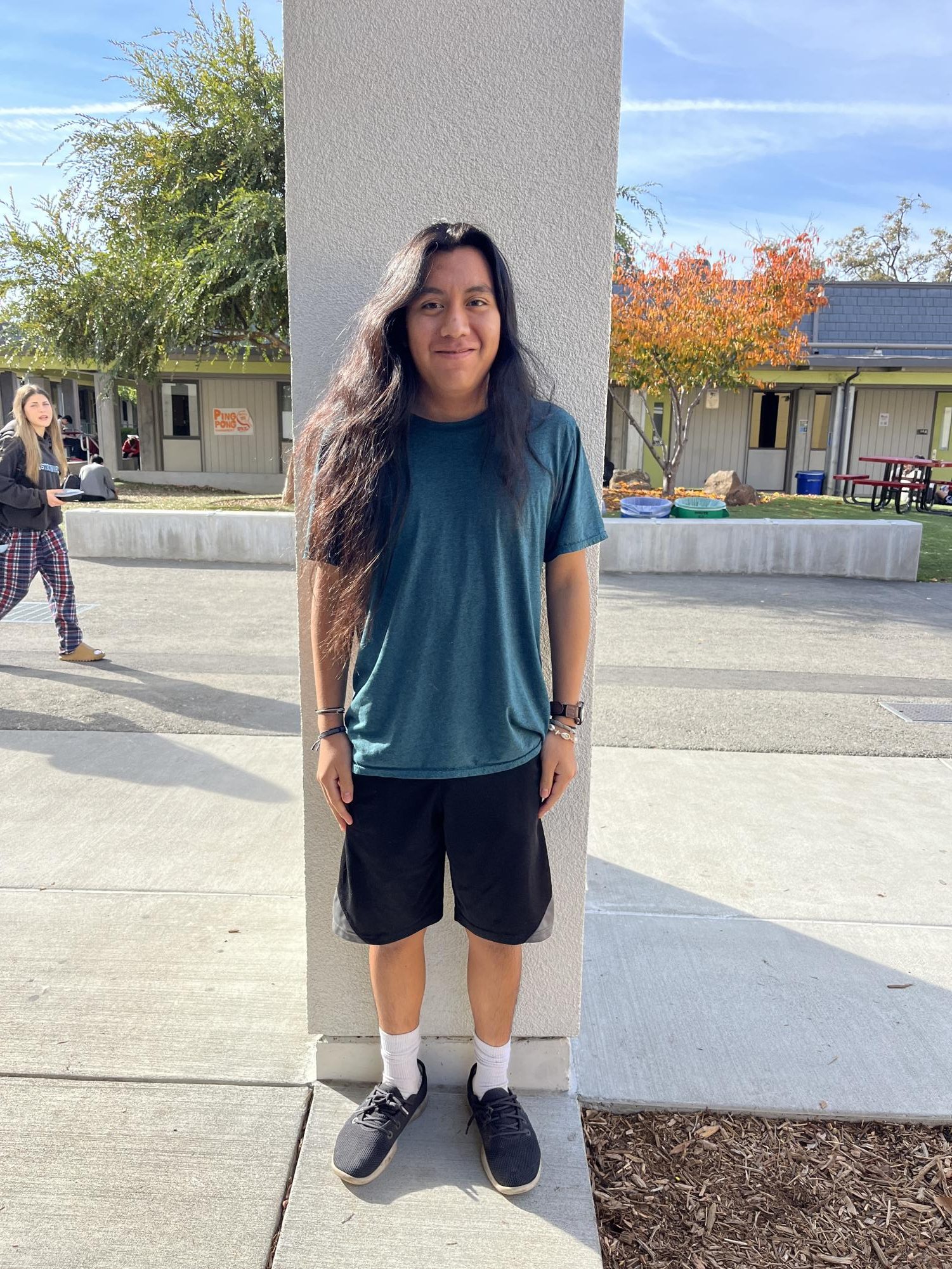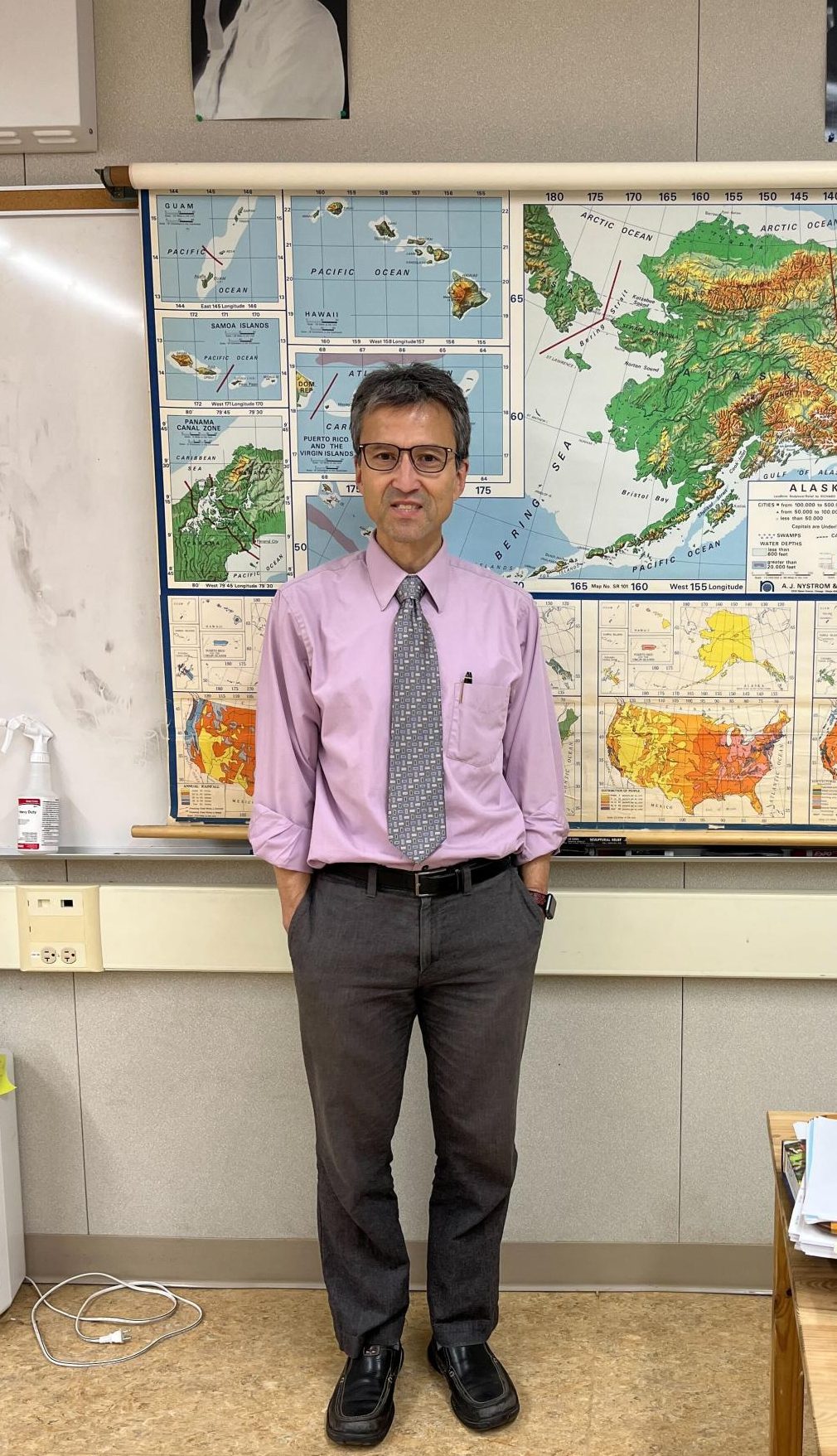Categories:
Gunn community reflects on American Indian heritage
December 11, 2023
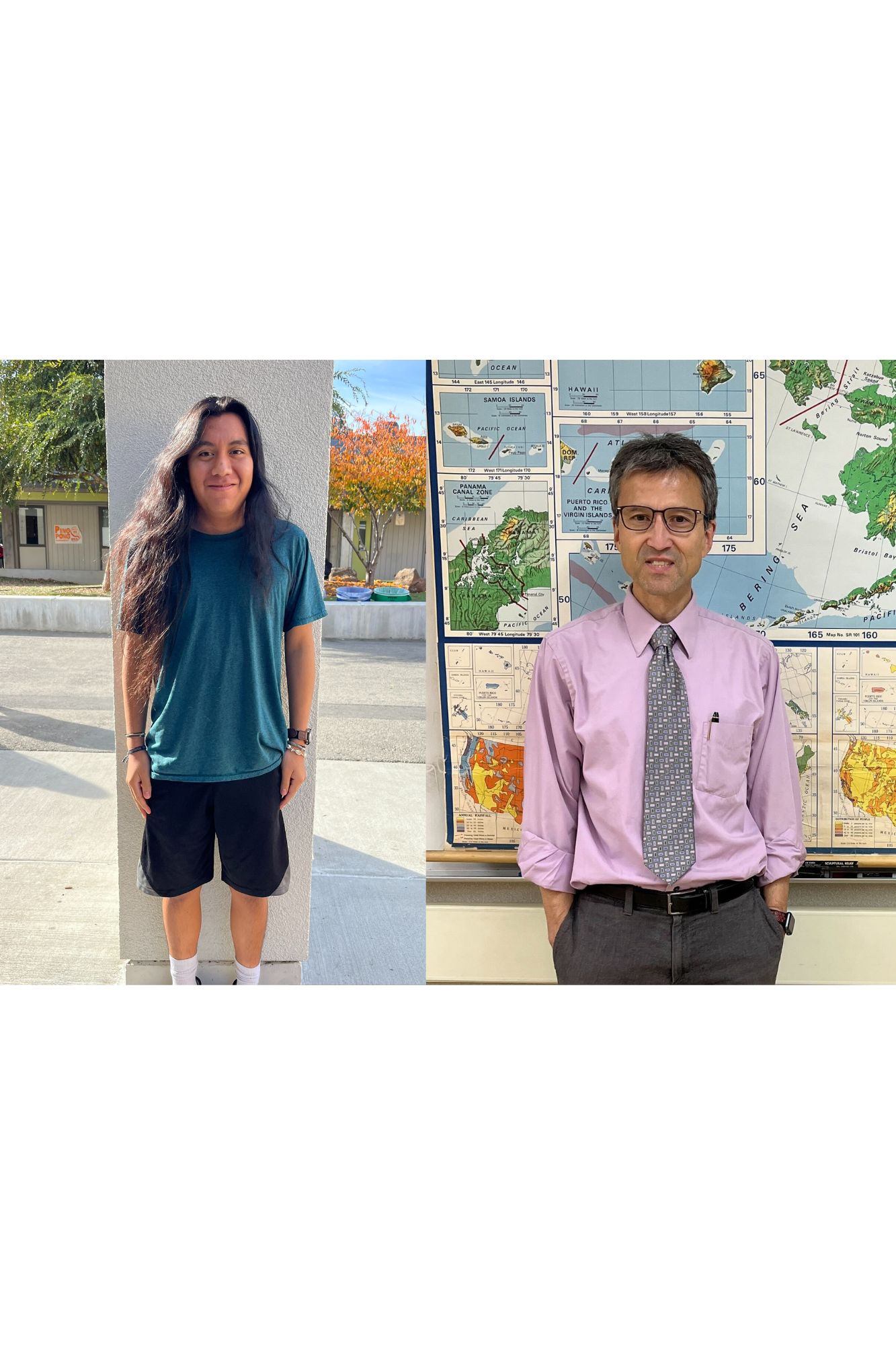
Donate to The Oracle
$1900
$1000
Contributed
Our Goal
Your donation will support the student journalists of Henry M. Gunn High School. Your contribution will allow us to purchase equipment and cover our annual website hosting costs.
About the Contributors
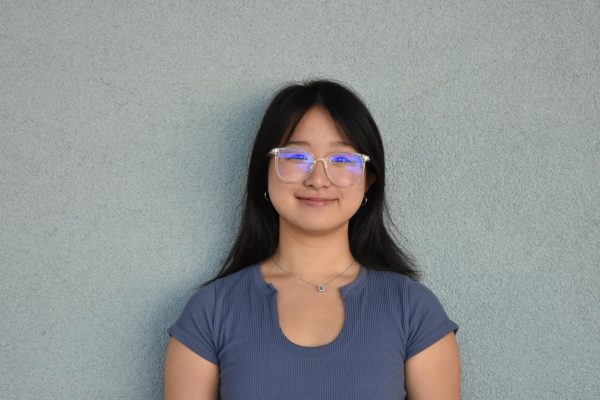
Maddie Cheung, Centerfold Editor
Senior Maddie Cheung is a centerfold editor on The Oracle and has been on staff since August 2022. She loves reading cheesy romance novels, crying over C-dramas and listening to music in her free time.
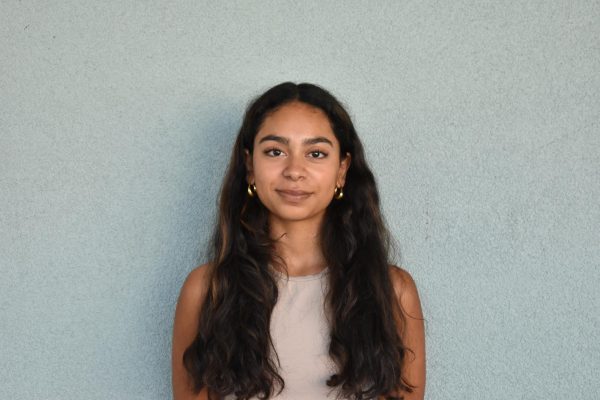
Lise Desveaux, Centerfold Editor
Senior Lise Desveaux is a centerfold editor for The Oracle and has been on staff since January 2021. Outside of school, she enjoys listening to Taylor Swift, reading and shopping on Etsy.



